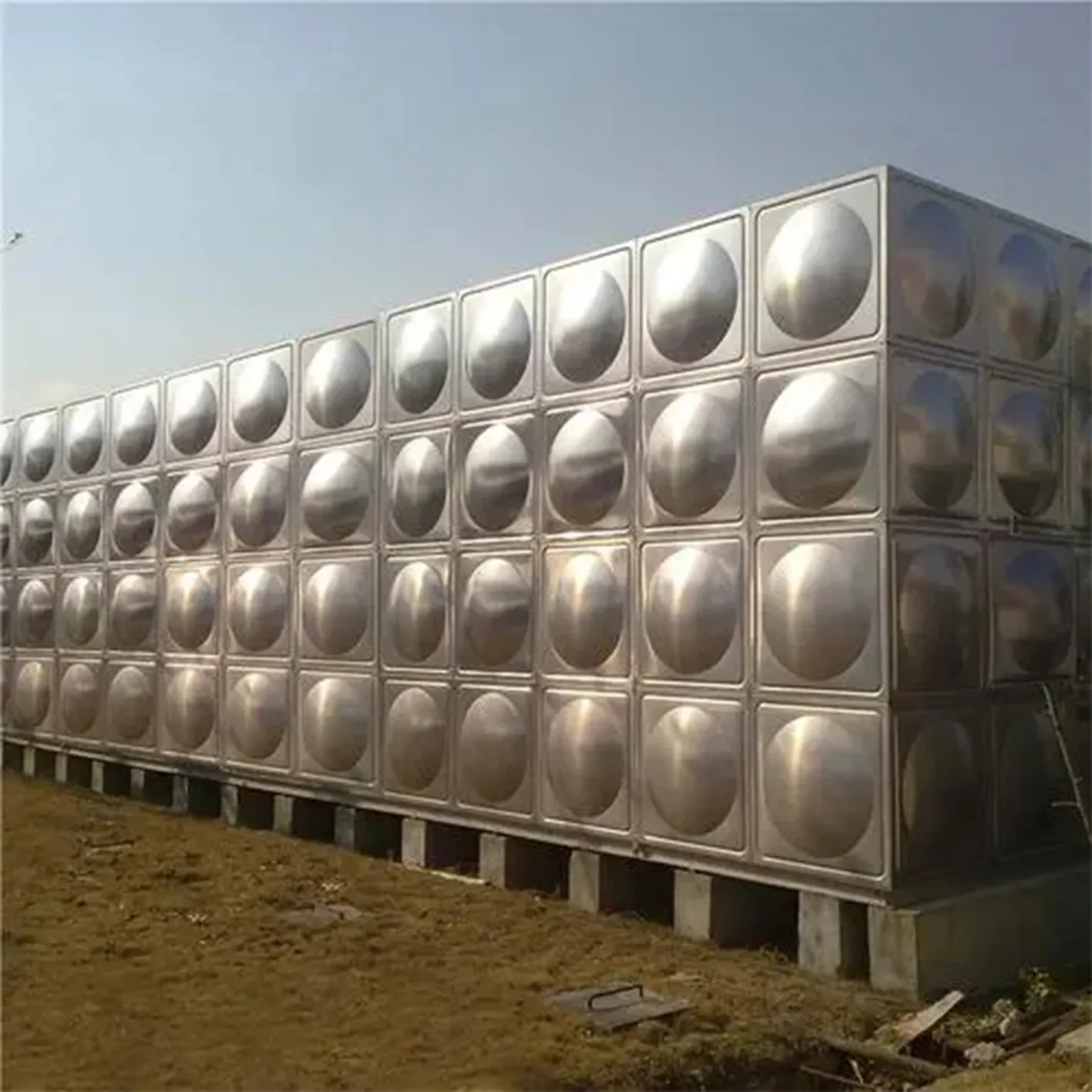loading...
- No. 9, Xingyuan South Street, Dongwaihuan Road, Zaoqiang County, Hengshui, Hebei, China
- admin@zjcomposites.com
- +86 15097380338
- Welcome to visit our website!
frp drain channel
Understanding FRP Drain Channels An Innovative Solution for Water Management
In the realm of construction and civil engineering, efficient water management systems are crucial for the longevity and stability of structures. One innovative solution that has gained significant attention in recent years is the use of Fiber Reinforced Plastic (FRP) drain channels. These channels offer numerous advantages over traditional materials, making them an excellent choice for both urban and rural applications.
What are FRP Drain Channels?
Fiber Reinforced Plastic is a composite material made from a polymer matrix reinforced with fibers, such as glass or carbon fiber. FRP drain channels are specifically designed to facilitate the drainage of water in various settings, including roads, parking lots, and landscaped areas. These channels are engineered to efficiently collect and direct surface water away from critical areas, preventing flooding and water damage.
Advantages of FRP Drain Channels
1. Corrosion Resistance One of the standout features of FRP drain channels is their resistance to corrosion. Unlike traditional materials such as concrete or metal, FRP does not rust or deteriorate when exposed to water or chemicals. This property makes FRP channels ideal for environments where they may come into contact with aggressive substances, such as saltwater or industrial effluents.
2. Lightweight Nature FRP drain channels are significantly lighter than their concrete counterparts, making them easier to handle and install. This reduction in weight can lead to lower transportation and labor costs, which can be particularly advantageous in large-scale projects.
3. Durability and Longevity With a lifespan that can exceed 50 years, FRP drain channels are designed to withstand the rigors of varying weather conditions and heavy traffic loads. This durability reduces the need for frequent replacements, ultimately resulting in cost savings over time.
4. Customizability FRP materials can be molded into various shapes and sizes, providing flexibility in design and application. This adaptability allows engineers and architects to create tailored solutions to meet the specific drainage needs of a project.
5. Aesthetic Appeal In addition to their practical advantages, FRP drain channels can be aesthetically pleasing. They can be manufactured in different colors and finishes, allowing them to blend seamlessly into the surrounding environment. This feature is particularly beneficial in urban settings where visual appeal is paramount.
frp drain channel

Applications of FRP Drain Channels
FRP drain channels are versatile and can be utilized in a wide range of applications. Some common uses include
- Roadways and Parking Lots Proper drainage is essential for road safety. FRP channels can efficiently collect rainwater and prevent ponding, reducing the risk of accidents during inclement weather.
- Landscaped Areas In parks and gardens, FRP channels help manage stormwater runoff, promoting healthy soil conditions and contributing to sustainable landscape management.
- Industrial Facilities Factories and warehouses often generate large amounts of runoff. FRP channels are ideal for directing this water away from structures and preventing damage to the foundation.
- Marine Applications Due to their corrosion-resistant properties, FRP drain channels are suitable for coastal and marine environments, where traditional materials may fail prematurely.
Conclusion
As urban areas continue to expand and climate change leads to increased rainfall and flooding events, the demand for effective water management solutions will only grow. FRP drain channels represent a forward-thinking approach to this challenge, combining innovative materials with practical design. Their corrosion resistance, lightweight nature, and customizability make them a preferred choice for engineers and builders looking to optimize drainage systems.
In summary, adopting FRP drain channels in various applications not only enhances the sustainability of water management practices but also contributes to the overall resilience of infrastructure. As technology continues to advance, it is essential for stakeholders in construction and environmental management to consider these innovative solutions for a more efficient and sustainable future.
-
The Rise of FRP Profiles: Strong, Lightweight, and Built to LastNewsJul.14,2025
-
SMC Panel Tanks: A Modern Water Storage Solution for All EnvironmentsNewsJul.14,2025
-
GRP Grating: A Modern Solution for Safe and Durable Access SystemsNewsJul.14,2025
-
Galvanized Steel Water Tanks: Durable, Reliable, and Ready for UseNewsJul.14,2025
-
FRP Mini Mesh Grating: The Safer, Smarter Flooring SolutionNewsJul.14,2025
-
Exploring FRP Vessels: Durable Solutions for Modern Fluid HandlingNewsJul.14,2025
-
GRP Structures: The Future of Lightweight, High-Performance EngineeringNewsJun.20,2025
